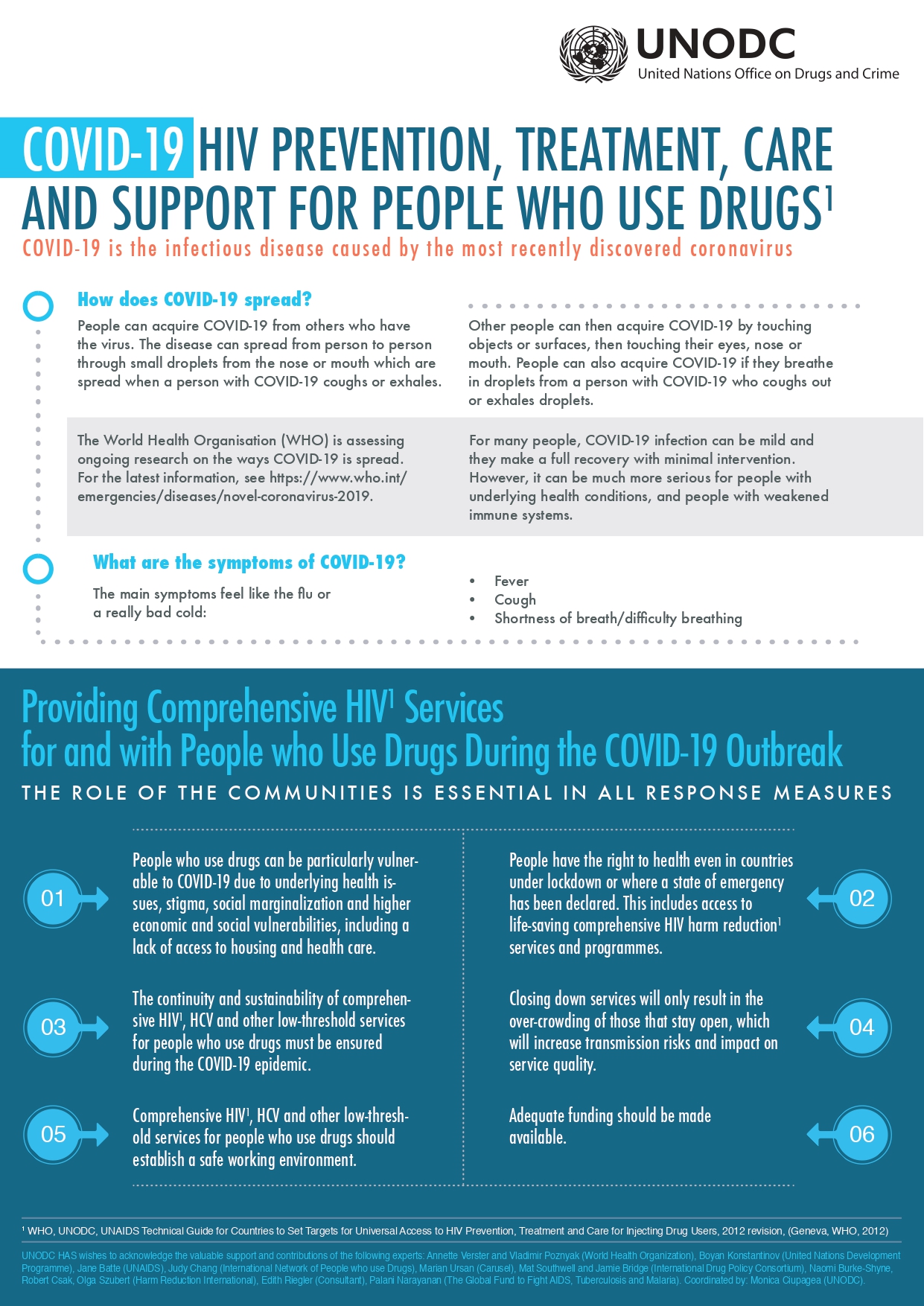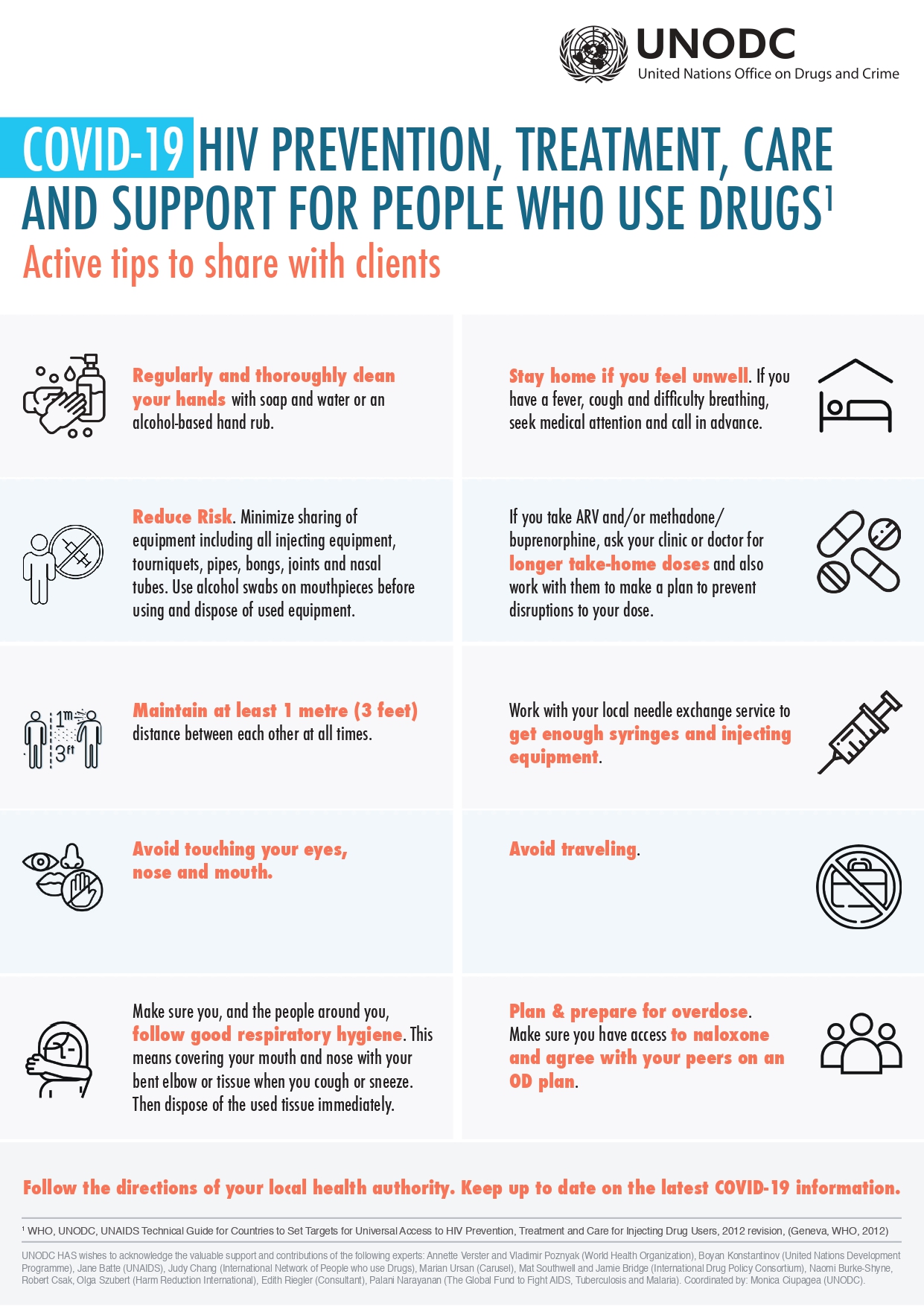HIV, HCV and HBV
Health care in prison is health outside them
 |
Nealy all people in prison will return to their communities, many of them within a few months or a year. Health in prisons and other closed settings is thus closely linked to the health of society at large, especially with regard to communicable diseases.
People in prison have multiple vulnerabilities to HIV, tuberculosis, hepatitis and other infectious diseases
Worldwide, prisons are characterised by a relatively high prevalence of HIV, hepatitis B and C viruses (HBV and HCV) and tuberculosis (TB), as well as high risks of contracting these diseases and reduced access to health services.
HIV transmission in prisons often occurs through multiple use of equipment among people who inject drugs; unsafe consensual or coerced sexual practices; unsafe skin piercing and tattooing; multiple use of razor blades, rituals of blood brotherhood, and improper sterilization or reuse of medical or dental instruments.
 |
HIV in prisons may also be transmitted through mothers who live with HIV to their babies during the pregnancy or amid labor
Almost 11 million people are imprisoned in penitentiares or other closed facilities. Of which:
4,8% live with HIV
15,1% live with hepatitis C (HCV)
4.8% have chronic hepatitis B (HBV)
2.8% have active tuberculosis (TB)
UNODC/ILO/UNDP/WHO/UNAIDS have launched a summary of HIV prevention, treatment and care policies in prisons and other indoor settings: a comprehensive package of interventions recommends 15 key interventions essential for effective HIV prevention, testing, treatment and care in prisons and other closed facilities. While each of these interventions is useful in addressing HIV on its own, together they form a package and have a greater impact when undertaken as a whole.
Isolated from public health services, including national HIV and tuberculosis (TB) programmes, prisons and other closed settings are seriously neglected in national responses to HIV and TB prevention, treatment and care.